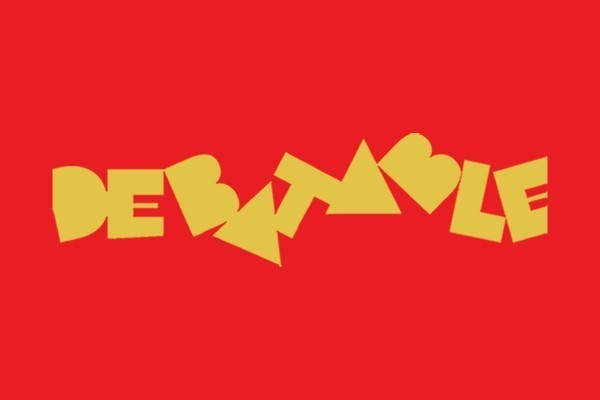For
Attention spans are cooked, the world is moving at lightning speed, and you only have so much time to dedicate to keeping up with current affairs before we’re onto the next bombshell moment. You can barely sit down for a piss without refreshing your phone, and expecting students to listen to a long-form podcast on Charlie Kirk’s career that offers a rounded perspective is optimistic at best.
Enter short-form media. TikTok, Instagram Reels, and a 300-word Debatable in a student magazine meet people where they are. No one is saying that a quick 90-second video on Kirk’s shooting will unpack the whole political history of American conservatism, but it will give you the basics: who died, why it matters, and what the immediate reactions are. Same with Tom Phillips – not everyone’s trawling through Stuff archives, but a digestible reel might get them engaged enough to dig deeper.
Short-form isn’t a replacement for long-form, but it is a gateway drug. It’s the summary that gets you up to speed in a tutorial discussion, or the link your mate drops in the group chat so you don’t sound ignorant at pre’s. Pretending students will do “the full reading” on world events when they’re already struggling through their Politics readings is a hard ask.
Against
Complex stories like the ones that have dominated news feeds don’t fit in TikTok’s 60-second algorithms that feed on hysteria, and pretending they do just cheapens them. A short-form summary of the Charlie Kirk shooting risks reducing it to “lol conservative dies by gun”, one stripped of nuance, context, and the wider problem of political violence. Likewise, turning Tom Phillips’ death into an explainer carousel risks flattening the human tragedy into a bite-sized scroll moment between latte art reels.
There’s a reason we still need long-form journalism, documentaries, and in-depth reporting. Big stories deserve time, detail, and nuance. Otherwise, you end up with audiences who know the headlines (clickbait ones, increasingly) but nothing else – much like first-years who’ve read the lecture slides but can’t explain the reading.
And honestly? The speed of short-form culture encourages hot takes, not careful thought. It’s easy to hop on the bandwagon when you’ve been bombarded with content reinforcing one take, stuck in an echo chamber of a particular ideology. When the reward is clicks and virality, the goal shifts from “do this justice” to “make this snappy.” That’s not journalism, that’s PR. Apply those tertiary education skills of critical thinking, deep dives, nuance, and academia for the good of our country’s future.



